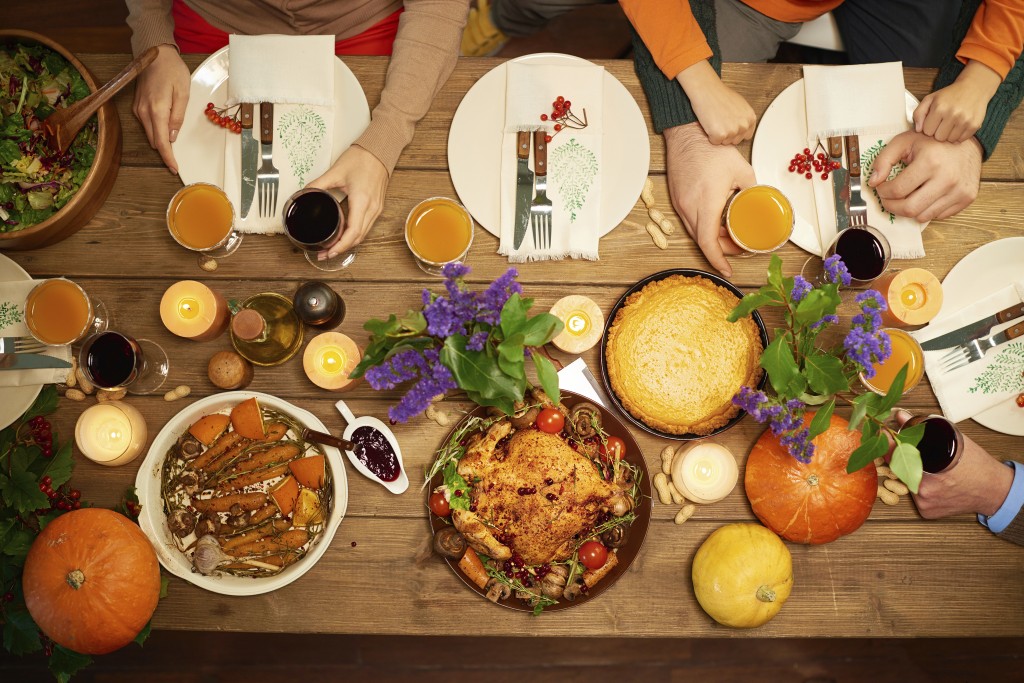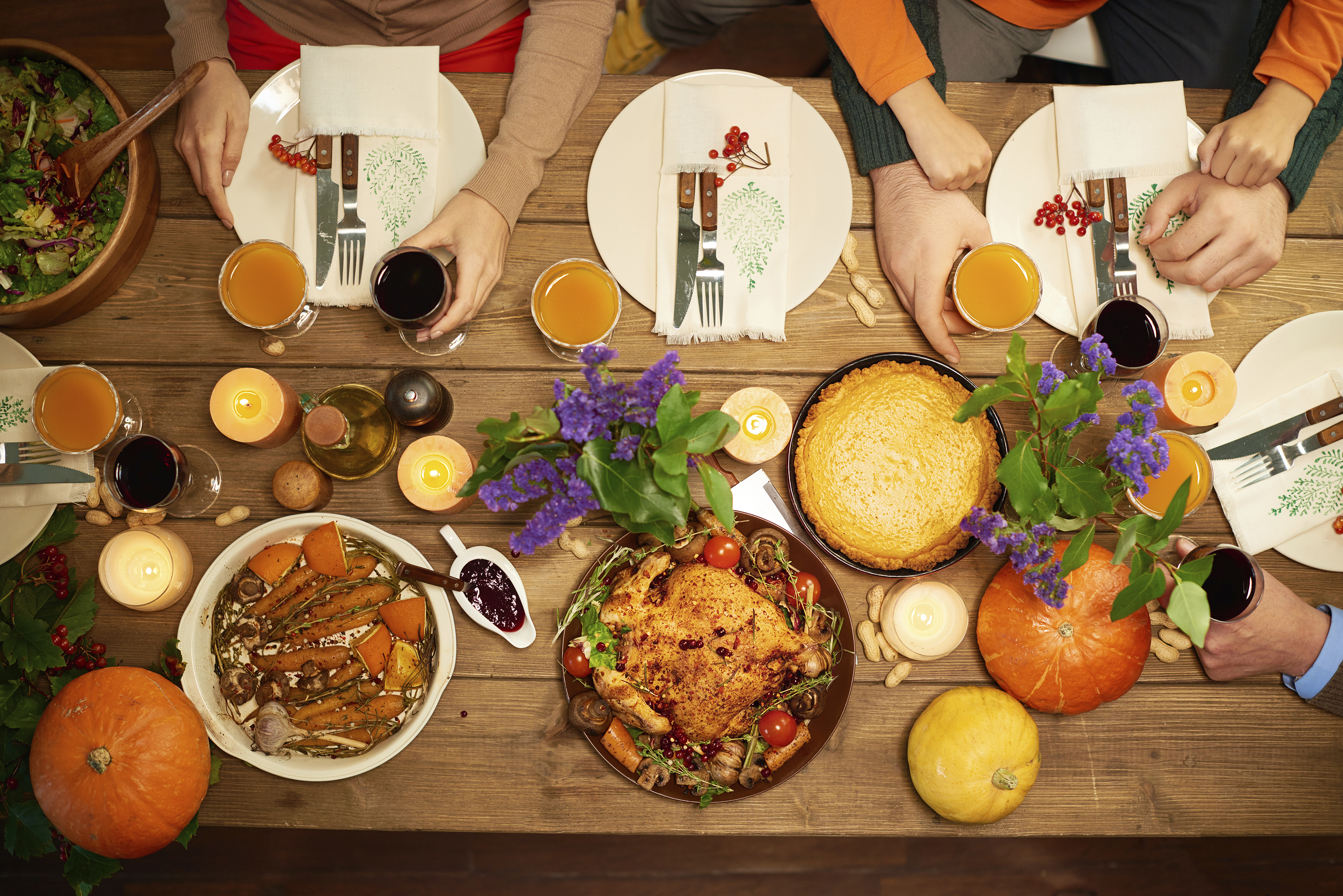This year, as you sit down to Thanksgiving dinner with family, you need not worry when Auntie Marie starts to squabble with Grandpa. She is not disrupting the family bonds, she is cementing them.
At their most obvious, feasts serve to provision guests and to celebrate or commemorate special events. Feasts, however, also play much more subtle social roles. In particular, they serve as the social glue that holds communities together by smoothing tensions, forging alliances, creating shared memories, and exchanging information, according to Natalie Munro, professor of anthropology.

By definition, feasts are large and elaborate meals set apart from everyday dining in size and investment. The fare is often special foods prepared in distinctive ways, steeped in traditions that require significant time and resources. The foods – perhaps a favorite family recipe for cranberry sauce – also may be served using treasured tableware, such as Grandma’s china.
The centrality of the feast in human gatherings extends far beyond harvest festivals to major holidays and the marking of important life events, says Munro. Special meals form not only the centerpiece of religious holidays, such as Christmas, Passover, and Eid al-Fitr, which ends Ramadan, but also of weddings, graduations, birthday parties, and funerals.
The integration of feasts and special events is universal across human cultures and communities of all sizes, says Munro, who has studied early evidence of feasting and the evolution of diet in history.
At UConn, Midnight Breakfast is a “feast” that takes place to treat students before final exams. The meal is special because of the untraditional time of the event and because the type of food available is not typically consumed at night. In addition, students are served by faculty and staff. The breakfast creates a sense of community by flipping the traditional relationship between staff and students, promoting camaraderie, and allowing these groups to mingle in a setting atypical of everyday interactions.
Given the centrality of the feast in human gatherings and the significance of its social role, it may be surprising that until recently there was no compelling evidence of feasting prior to 10,000 years ago, Munro says. Only in the past decade has new evidence of feasting been discovered further back in time. It’s no coincidence that it occurred among the first groups to settle down into more or less permanent communities and intensively harvest and process cereal grains, such as wheat, that now provide the foundation for our modern economy, she notes.
Munro was part of a team that discovered the first evidence of a feast, to date, about 12,000 years ago at the site of Hilazon Tachtit, a burial cave in the Galilee of Israel. Hilazon Tachtit came into use near the beginning of a period of profound social and economic change that culminated in the origins of agriculture. Heading down the pathway toward an agricultural lifestyle marked a point of no return for these hunter-gatherers, she says.
The intensive harvest of cereal grains and other wild plants and animals prompted people to settle into more permanent villages, which was fraught with new tensions caused by dramatic increases in personal contact among community members. These folks needed new mechanisms to iron out everyday conflicts that arose under crowded living conditions and new experiences from which to develop a shared sense of pride and belonging to their community, according to Munro.
These are the kinds of roles that feasts continue to play. So this year, when you sit down to Thanksgiving dinner, you need not worry about tension at the table. It is a time-honored tradition that will ultimately produce a more effective and cooperative dynamic.



